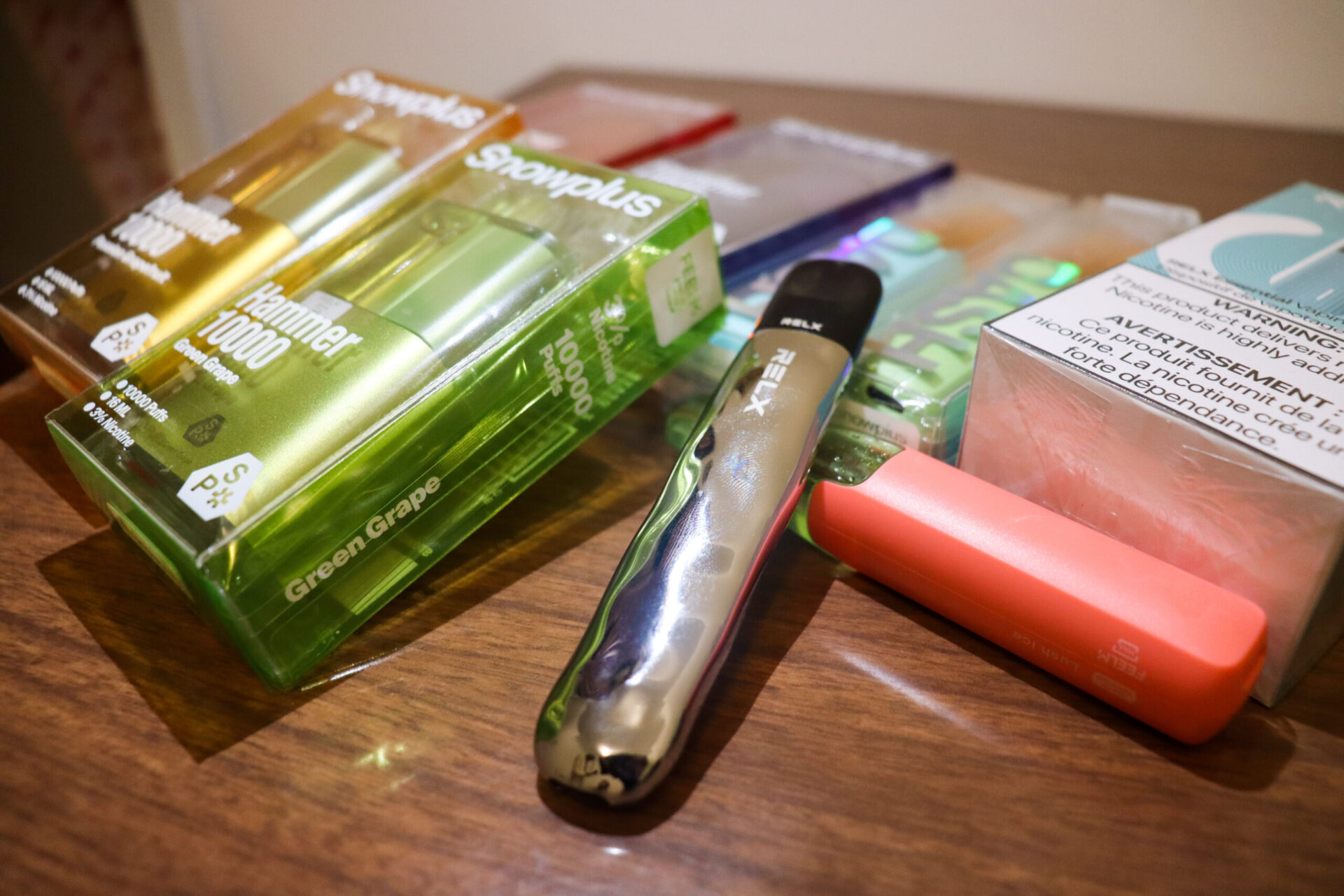The Gen Z population, often described as a “mindful” generation, has faced various accusations from others, either being heralded as careful and considerate in their outlook and interactions or being criticized as overly sensitive and prone to making a fuss over little things. Among such issues, one topic that repeatedly comes forward is no trivial concern and requires more than just passing attention: mental health.
It is no longer an abstract concern, something distant and otherworldly, as concrete statistics grimly outline the extent of the problem. According to data available, only approximately 41% of individuals belonging to Gen Z, aged between 18 and 26 are thriving. In contrast, millennials, when they were this age, had a thriving rate of approximately 60%. This simply means that more than half of a generation feels stagnant and unequipped for the future, with the majority of Gen Z individuals describing their emotional and mental wellbeing as poor. So the big question then arises: how do we handle this?
The coping mechanisms employed by this generation look quite different than those of their predecessors. They are not finding solace at the bottom of a beer bottle. As mental health awareness increases and conversations around it become more common, the idea of “mindful drinking” is becoming more popular, reflecting a growth in the demand for non-alcoholic drinks. This could potentially explain why a sizable portion of Gen Z members chooses to avoid drinking alcohol.
Nevertheless, this burst of mindfulness may also negatively affect people in certain ways. The use of tobacco, always a contentious topic, has seen a worrying trend as the use of vaping has increased among the 18-24 year olds, including those who have never smoked before. Vape and e-nicotine products were originally developed in China in 2003 as a healthier alternative to traditional cigarettes, with the intention to help smokers quit. However, in a twist of irony, these instruments have become a trendy choice for beginners, regardless of their prior smoking experience.
Vaping is now the chosen mechanism for relaxation in Gen-Z, as opposed to consuming alcohol or smoking traditional cigarettes. The portrayal of vaping as a “healthier alternative” perhaps provides a convenient excuse for Gen Z to ignore the possible harm inherent in its usage. Vaping has become socially acceptable; especially potent is the reality that many might still recall instances of students in high school comfortably vaping in hallways or bathrooms, where the use of tobacco would have been considered “shocking”.
The appeal lies not merely in the illusion of health but also in their vibrant flavors, attractive packaging, and an oft-repeated promise of being a healthier choice. A study confirms that the percentage of high school students admitting to smoking an e-cigarette jumped from 1.5% in 2011 to an alarming 27.5% in 2019. This increase in usage proportionately elevates the likelihood of regular cigarette smoking down the line. Considering the initial purpose of vapes was to curb nicotine intake, the unfolding reality is indeed incredibly ironic.
One may wonder how Gen Z, renowned for its focus on mental health awareness and high sobriety rates, is experiencing such a surge in vaping. This might circle back to their emphasis on mental health: the aspiration to nurture themselves and to not repeat past mistakes. Our world in the present times is busier and more complex than ever before, and amplified through the magnifying glass of globalization and social media, we are able to view even distant happenings up close. This near relentless onslaught of information, coupled with the financial uncertainties faced by Gen Z, might be extracting a mental toll, driving them towards seeking outlets to de-stress.
However, we must remain cautious: vaping, while appearing to be a healthier alternative, is not essentially devoid of risks. Its projected widespread acceptability in the future might amount to the same substance issues that previous generations faced, thereby defeating its initial purpose and paving the path for additional scopes of addiction and deteriorating mental health.
So, while Gen Z has made strides in addressing and validating mental health issues, it needs to be remembered that just being a “healthier alternative” does not inherently make vaping a healthy choice. It isn’t enough to merely repackage and rebrand alternatives that may eventually result in similar harm. It is time to work towards cultivating more mindful and sustainable ways of dealing with life’s stresses. The discussion around mental health and how we cope with it surely needs a “breaking bad” moment less we fall into old patterns dressed in new names.




